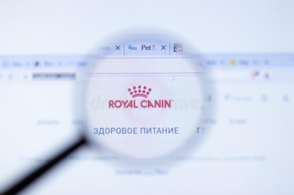Digital Marketing Strategies
- Always deliver value in content. The following factors determines value in content:
- Length. Minimum 800 words is acceptable.
- Reading level. Use word that matters.
- Keyword focused. A good content should be focused on the topic.
- Unique content. The content you use should be unique
- Internal links. Don’t forget to use internal links to other content on your website for more information
- Be consistent and post regularly. An enterprise should use the time effectively and to update its content regularly
- Social media is more important as you think. Build and disseminate your brand throughout the internet
- Pimp your Vitals.Make sure these vital details are super easy to find.
- Know Your Customer.Know their interests.
- Know your competition.Who are your main competitors in the Hotel & Catering sector in digital marketing?
- Know your expectations. What do you want to get from digital marketing? Do you want to attract customers?
Types of Data
- Algorithmic intelligence – the algorithmic patterns used by companies such as Google and Netflix to enhance drive revenue. In the case of Google, to understand what people want to read and in the case of Netflix, to assess what they want to watch.
- BI: Business intelligence – the process for analysing an organisation’s raw data, about profits and performance and offering this kind of information to help brands make better informed business decisions.
- CI: Customer intelligence – information from from customer data, that comes from internal and external sources
- SI: Software intelligence – software tools and techniques which are used for mining data.







